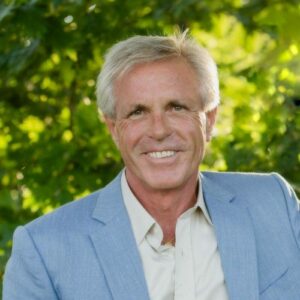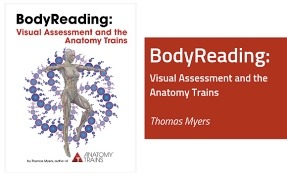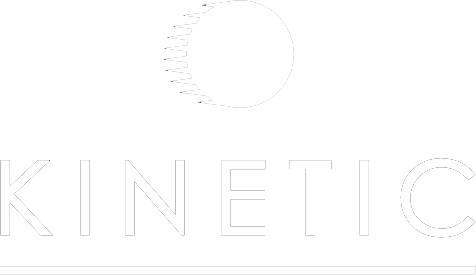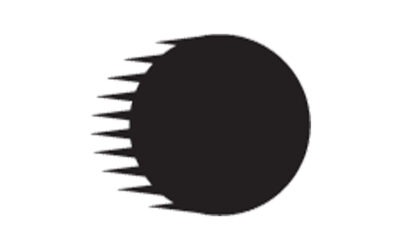
Tom Myers
If you are involved in movement or hands-on therapy, you will more than likely have heard the name Tom Myers. His research into Fascia and tensegrity of the body’s structures is up there with the likes of Ida Rolf.
Tom Myers studied directly with Dr Ida Rolf, as well as Moshe Feldenkrais, Buckminster Fuller, Judith Aston, Emilie Conrad, and European Osteopaths.
In 1999, Tom started a certification program in Structural Integration based on the Anatomy Trains myofascial meridians, which has graduated more than 500 practitioners via trainings in the US, Canada, UK, Europe, and Australia .

Tom Myers Courses from around the world
Anatomy Trains links individual muscles into functional wholes to improve therapeutic and training outcomes. The Anatomy Trains company offers courses worldwide to diverse health professionals, physical therapists, personal trainers, massage therapists, athletes and coaches, Pilates and yoga teachers, chiropractors and osteopaths – anyone interested in effecting lasting changes in body structure and movement through updating their idea of how the body regulates its biomechanics.
Coming to Kinetic in June this year is his amazing two day workshop called Bodyreading.

Take your postural and movement assessment skills to the next level!
Ida Rolf said, “seeing is touch at a distance”. Understanding skeletal relationships within the body is the first step in helping our clients unwind movement and postural patterns that are causing pain, dysfunction and keeping them from optimal movement. “Touch is seeing up close” being able to accurately palpate bones to determine relationships is key in our ability to accurately describe those relationships.
101: This one day workshop explores relational anatomy and helps build your seeing and palpation skills to determine skeletal patterns and how they interact in the body. Learn the language of BodyReading, tilt, bend, shift and rotate to accurately describe the geometry of the body in a way your client can understand. Assess common postural patterns in all planes of motion.
Skills learned today can be instantly used with your clients tomorrow. This is a must for any practitioner in movement and bodywork and will help take your practice to the next level.
102: Now you are able to see and describe bony relationships learn about the inter- relationships between the Anatomy Trains and the skeleton. The Anatomy Trains lines of pull and force transmission are impacted by skeletal alignment and can also hold the bony alignment in place for better or worse.
“Where you think it is, it ain’t!” – Rolf
This workshop covers:
• How the meridians can hold a postural pattern and be influenced by skeletal alignment.
and the forces that shape our body.
Learn how the problem can be very distant from the area of pain.
• Basic functional assessments to see what is moving, what isn’t and what may be moving too much!
• Tensegrity.
• Concentric and eccentric loading
• How a local restriction can have a global impact.
• How to document your findings.
If you would like to learn more about this course or book your place please contact us https://www.kineticclinics.co.uk/contact/

